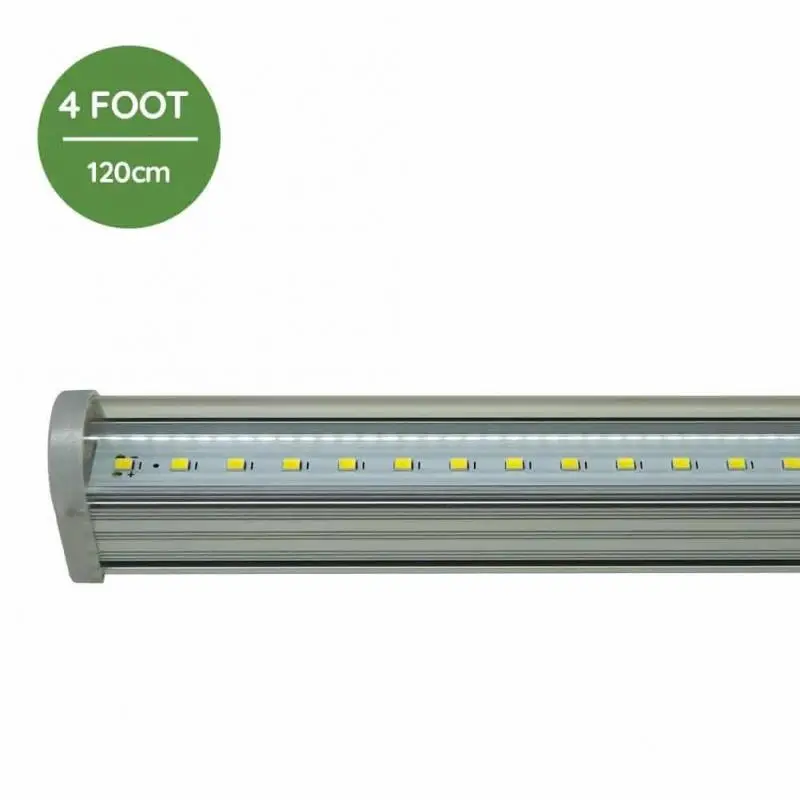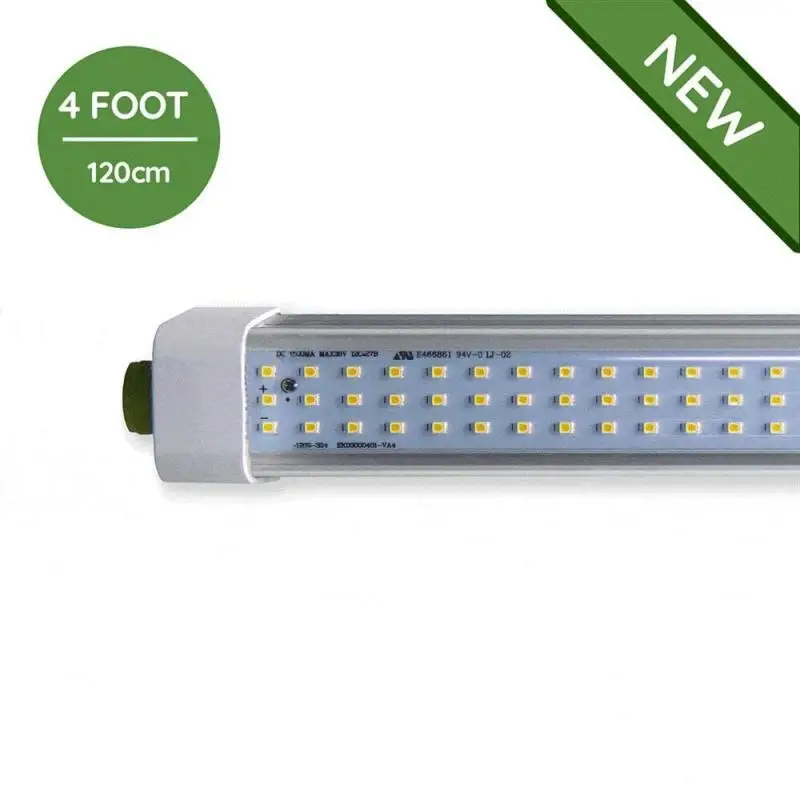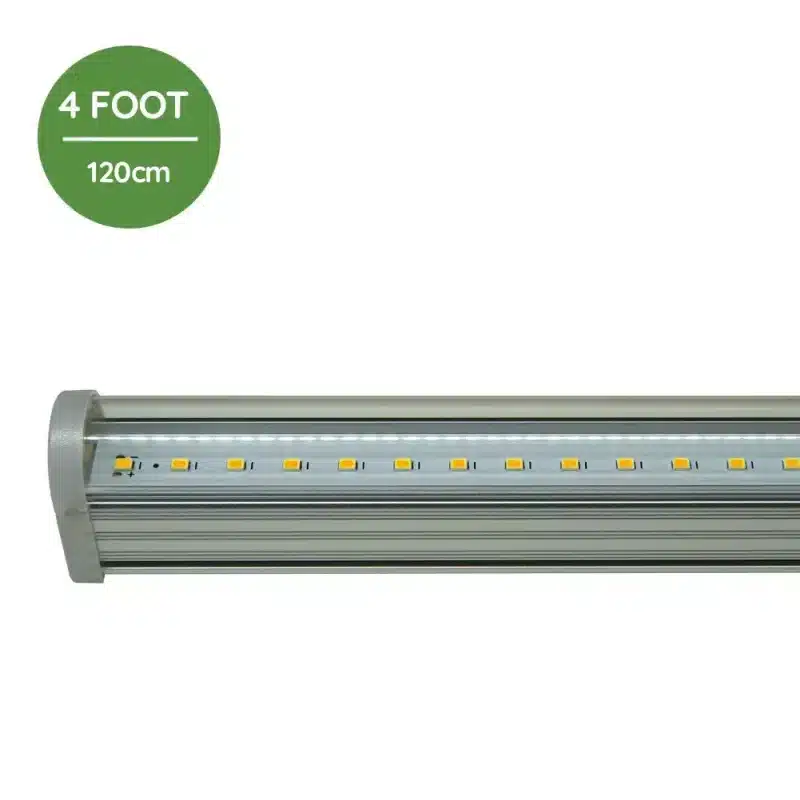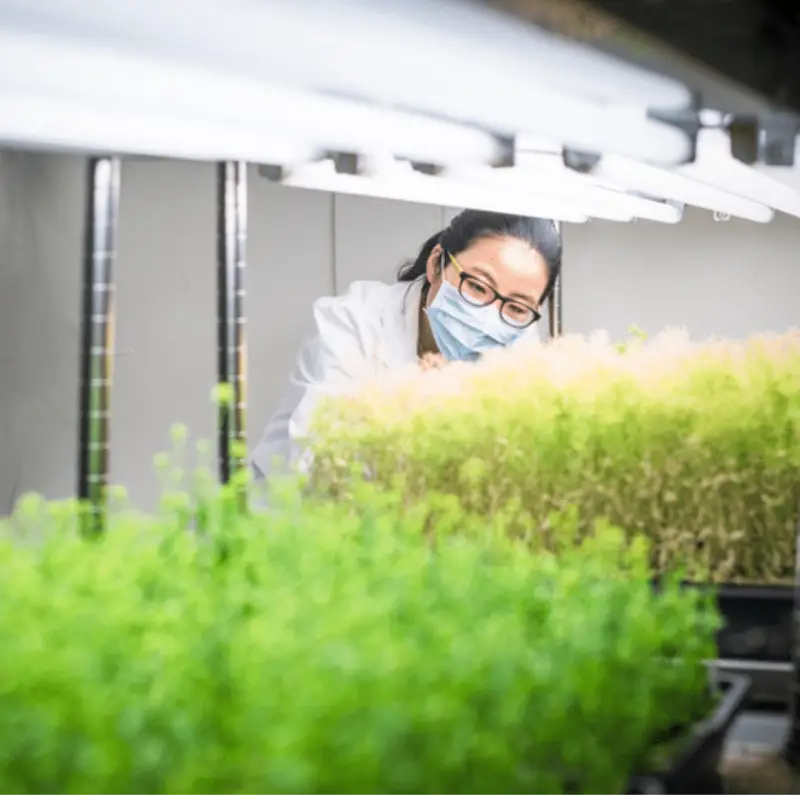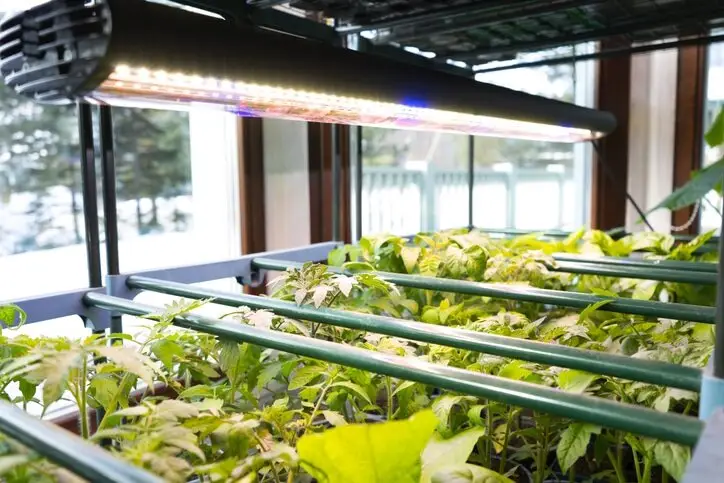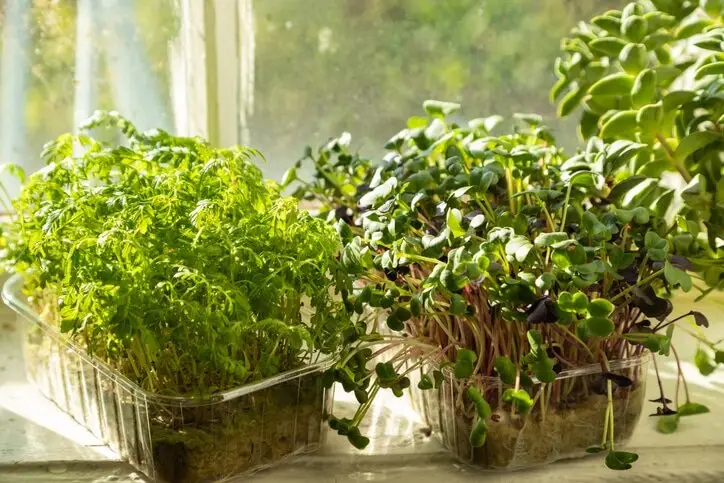Shedding Light on Growth: Choosing the Perfect Spectrum for Your Greens
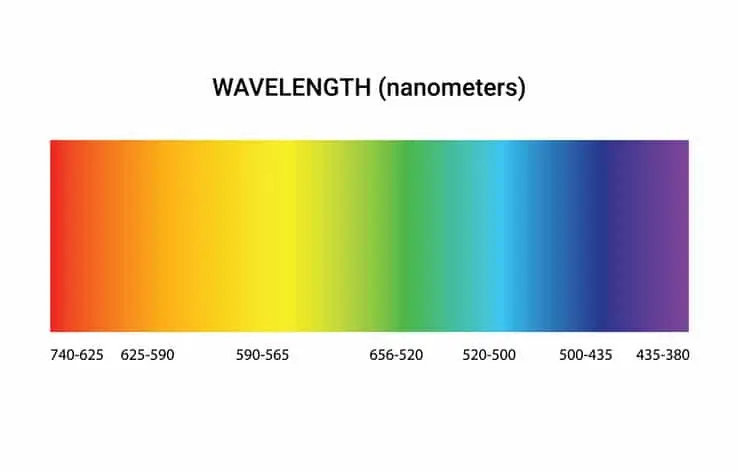
Shedding Light on Growth: Choosing the Perfect Spectrum for Your Indoor Greens
For aspiring indoor gardeners, nurturing microgreens and seedlings requires more than just soil and water. Light plays a fundamental role in their growth, influencing everything from color and size to overall health. But with a vast array of grow lights available, selecting the right spectrum can feel overwhelming. This article will unveil the ideal light spectrums for microgreens and seedlings, along with delving into lumens and PPFD, essential metrics for light intensity.
The Power of Spectrum: Kelvin Comes into Play
Measured in Kelvin (K), color temperature indicates the perceived "warmth" or "coolness" of light. When it comes to cultivating microgreens and seedlings indoors, the spectrum plays a critical role.
Microgreens (4,000K-6,500K): These miniature marvels thrive under a light spectrum mimicking natural daylight. This range provides a healthy balance of blue and red light, the workhorses of photosynthesis in microgreens. Blue light (440-470nm) is particularly significant, promoting their compact and vibrant leafy growth [3].
Seedlings (3,000K-6,500K): Seedlings have a bit more flexibility in their spectral preference. During the crucial germination stage, a warmer spectrum around 3,000K can be beneficial. This gentler light mimics the natural transition from darkness and eases the seedlings into their new world. As they mature, cooler spectrums (towards 6,500K) become more suitable. These mimic sunlight and encourage stronger stem development.
Lumens and PPFD: Unveiling Light Intensity
While Kelvin reveals the color temperature, two other metrics are essential for understanding light intensity: lumens and PPFD (Photosynthetic Photon Flux Density).
Lumens: This unit measures the total amount of visible light emitted by a source. It's a good general indicator of brightness for human perception, but for plants, it's not the most relevant measure.
PPFD: Measured in micromoles per square meter per second (μmol/m²/s), PPFD indicates the rate at which photons usable for photosynthesis are delivered to a specific area. This is a more accurate measure of light intensity for plant growth. Generally, microgreens require a PPFD of around 200-400 μmol/m²/s, while seedlings can benefit from a slightly higher range of 300-500 μmol/m²/s.
The Final Touches: Putting it All Together
Here are some key takeaways to illuminate your indoor gardening journey:
- Both microgreens and seedlings thrive under a "daylight" spectrum (4,600K-6,500K).
- Microgreens prioritize the blue light spectrum (found more in cooler spectrums) for compact growth.
- Seedlings benefit from a warmer spectrum initially for germination and a cooler spectrum later for stem development.
- While lumens provide a general idea of brightness, PPFD is a more accurate measure of usable light for plant growth.
By understanding the interplay between Kelvin, lumens, and PPFD, you can select the perfect light spectrum to nurture your microgreens and seedlings, ensuring they flourish under your indoor sunshine.


